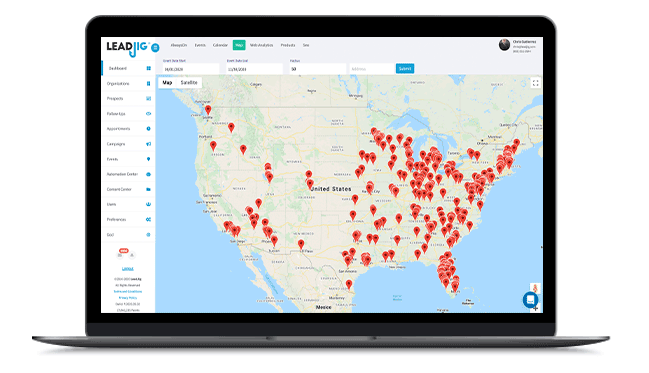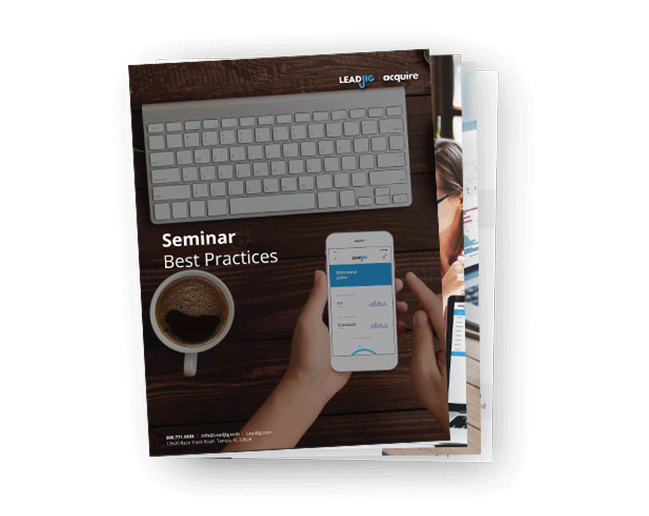What Is ROI Marketing?
ROI is the most important metric for your marketing activities. Calculating marketing ROI includes attributing revenue growth to your marketing efforts and measuring how effective your strategies are.
The process allows companies to measure the impact of their marketing activities on business and revenue growth. ROI is particularly helpful in justifying marketing expenses and reallocating resources for future initiatives.
The Importance Of Marketing ROI
Calculating a return on investment from a marketing plan at an organizational level helps businesses optimize their marketing efforts, but it also helps executives determine business decisions. Understanding your marketing plan ROI helps you streamline various processes, including:
- Measuring campaign success: The ability to measure the level of success of each campaign is crucial for every marketing team. Understanding the impact your marketing efforts have on overall revenue is essential for establishing baselines for future strategies, too. Marketers use campaign ROI to establish baselines and adjust their efforts to maximize profit.
- Distributing marketing budget: Most marketing campaigns require funding. It's important to understand which campaigns and efforts drive the most revenue to distribute the budget for future initiatives properly. There are many possible marketing combinations, online and offline. Calculating marketing ROI helps you learn which combinations drive revenue, and which don't.
- Justifying marketing expenses: Every company knows how important marketing campaigns are, and the most successful ones always keep allocating budget for marketing initiatives as a top priority. However, for securing future campaign budgets, current marketing expenses have to be justified at an executive level. Marketers must know how to calculate ROI to present the level of success of their campaigns to company executives.
- Keeping an eye on the competition: You can learn how your competitor's organization is performing by calculating their marketing ROI. Businesses use their competitor's ROI information to adjust baselines and keep their efforts competitive within the industry.
The Challenges Of Calculating ROI
If you’re wondering what marketing ROI measures, you should know that marketers use two primary metrics.
- The cost of a certain marketing action or effort
- The outcomes that action generates
The usual answer to, "how to measure marketing ROI" is a simple formula:
(Profit – Marketing Expenses)/ Marketing Cost = ROI
However, calculating ROI is often a complex process, and it comes with a few challenges.
Firstly, calculating marketing ROI can be a bit tricky. Depending on the way you measure costs and impacts, the results may vary a lot. It's sometimes difficult to figure out which portion of overall revenue growth to attribute to marketing efforts. Large enterprises use complex algorithms and ROI formulas with dozens of variables to measure the success of their campaigns.
The second challenge lies in the fact that measuring ROI for each marketing campaign takes a lot of time and often more than just one person. It also requires full access to company financials.
Thirdly, marketing ROI requires patience. Sometimes it takes months to find out if a certain initiative has been profitable or not.
Best Practices For Measuring Marketing ROI
Determining ROI for certain marketing campaigns can be challenging. While social media ads and traditional PPC may provide detailed rates of return, it's still very tricky to link exact revenue numbers to specific marketing content such as blogs and videos.
Regardless of the marketing strategy you use, there are several universally important factors to monitor to determine if your campaign was effective:
- Production costs: Total cost of services, time, supplies, and software required for creating the campaign
- Promotional costs: In case you've spent something on promotion (paid ads, for example) you should add that to your costs
- Page analytics: Your content should be driving traffic to your product's landing page. Use a tracking URL to determine how much and how often
- Non-monetary returns: Non-monetary returns should also be included. Some of the non-monetary returns you may get from a campaign include social media engagement, sudden traffic boosts, increased subscriber's list, etc.
Marketers constantly work to find the precise connection between activities and revenue. Modern web analytics software provides us with the necessary metrics to measure the success of our marketing campaigns.
Generating revenue is the essence of marketing. Regardless of what many may feel, marketing isn’t about creativity, humor, or art. It is a revenue-driving process, and it requires a specific metric system for marketers to always stay on top of each campaign’s success.
Including Marketing ROI calculations in your operations will turn the focus of your team towards the ultimate goal: growing your business.
Are you looking to boost the ROI from your financial advisor marketing plan? LeadJig can help! Contact us today to request a demo of our cutting-edge software platform.





